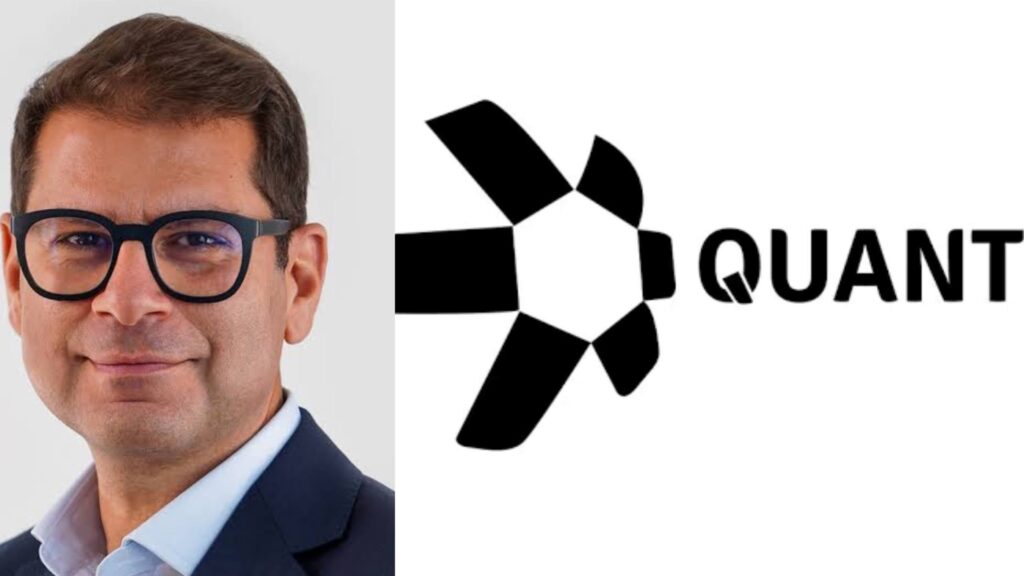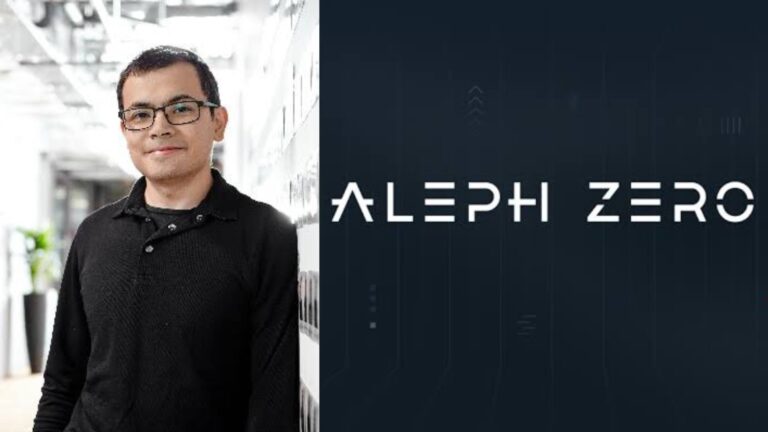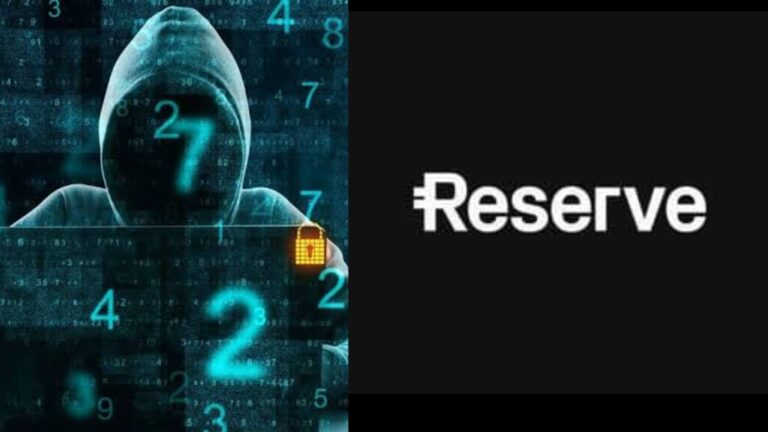Quant (QNT) Explained: Everything You Need to Know Before Investing – By Founder Gilbert Verdian

What Is Quant (QNT)?
Quant is a blockchain interoperability project that enables cross-chain communication through its unique Overledger Network. Unlike traditional blockchains, which function in isolation, Quant allows seamless transactions across multiple blockchains.
Key Features of Quant (QNT):
✅ Overledger Technology – Connects multiple blockchains without modifying them.
✅ Enterprise-Ready Solutions – Works with banks, governments, and fintech companies.
✅ Secure & Scalable – Ensures data privacy and high-speed transactions.
✅ Multi-Ledger Smart Contracts – Enables smart contracts that work across different blockchains.
How Does Quant (QNT) Work?
Quant operates using Overledger, a distributed ledger technology (DLT) gateway that connects different blockchains. Here’s how it works:
🔹 Overledger OS – An interoperability layer that enables seamless cross-chain communication.
🔹 Multi-Ledger Smart Contracts (MLSCs) – Smart contracts that execute across multiple blockchains.
🔹 Enterprise Integration – Banks, governments, and large businesses use Quant for secure data transfers.
🔹 No Forks or Changes Required – Unlike Polkadot or Cosmos, Quant integrates with existing blockchains without requiring modifications.
Real-World Use Cases of Quant (QNT)
Quant has several real-world applications across multiple industries:
📌 Banking & Finance – Enables cross-border payments and financial transactions.
📌 Government & Healthcare – Ensures secure data sharing between institutions.
📌 Supply Chain Management – Tracks and authenticates goods across multiple blockchains.
📌 DeFi & CBDCs – Assists in the development of Central Bank Digital Currencies (CBDCs).
Quant (QNT) Tokenomics & Supply
✅ Total Supply: 14.6 million QNT tokens (fixed supply).
✅ Circulating Supply: Around 12 million QNT.
✅ Utility: Used for Overledger licenses, transactions, and staking.
✅ Deflationary Model: Limited supply ensures scarcity, increasing long-term value.
With a low fixed supply, QNT has strong tokenomics, making it an attractive investment.
Should You Invest in Quant (QNT)?
Before investing in QNT, consider the pros and cons:
✅ Pros:
✔️ Strong Enterprise Adoption – Used by banks, governments, and fintech companies.
✔️ Unique Interoperability Technology – Overledger works without modifying blockchains.
✔️ Limited Token Supply – Only 14.6 million QNT tokens, ensuring scarcity.
✔️ Growing Demand – Increasing adoption in DeFi, banking, and CBDCs.
❌ Cons:
⚠️ High Competition – Other interoperability projects like Cosmos (ATOM) and Polkadot (DOT).
⚠️ Enterprise Focus – Primarily serves businesses, not retail users.
⚠️ Regulatory Risks – Partnerships with governments could lead to stricter regulations.
Future Potential of Quant (QNT)
🚀 More Banking & Government Adoption – Increased use in CBDCs & finance.
🚀 Growth in DeFi & Smart Contracts – Expansion into multi-chain DeFi projects.
🚀 Higher Institutional Investment – More enterprises integrating Quant into their systems.
Conclusion
Quant (QNT) is a game-changer in blockchain interoperability, offering secure, scalable, and enterprise-ready solutions. With a fixed supply of 14.6 million tokens, increasing adoption, and partnerships with banks and governments, QNT is positioned as a high-value crypto asset.
However, before investing, always do your own research (DYOR) and consider the risks involved.







